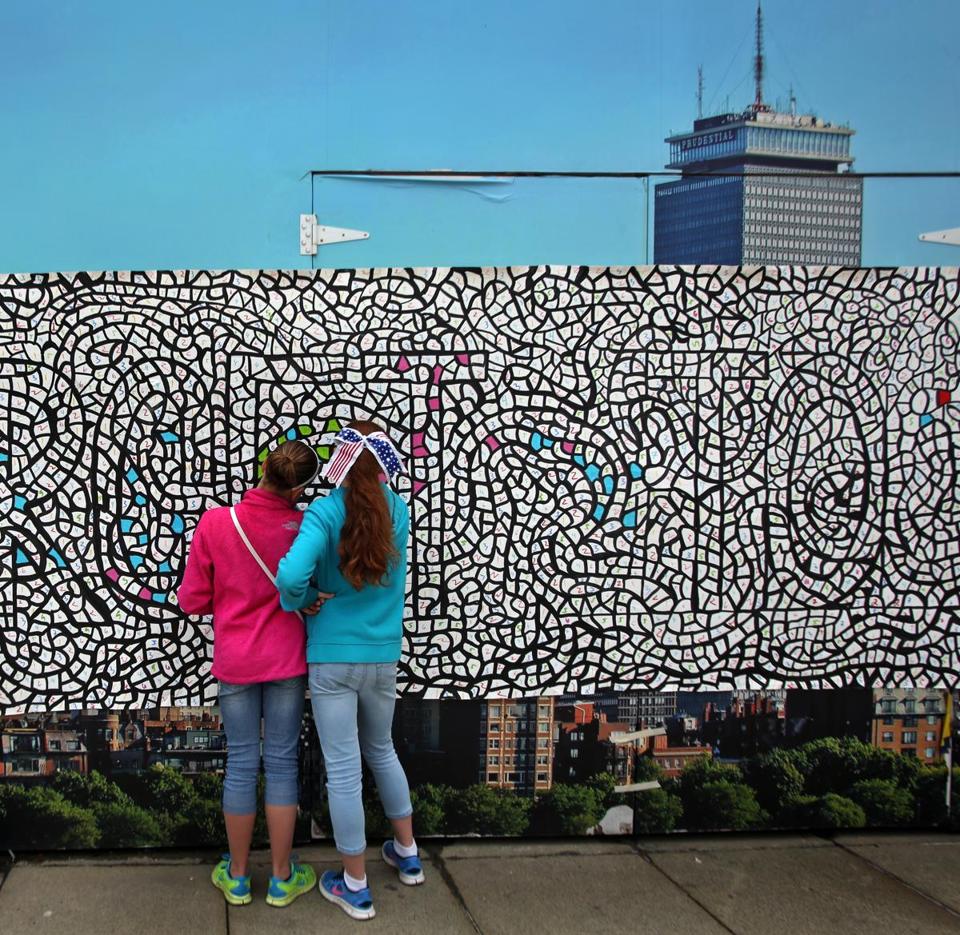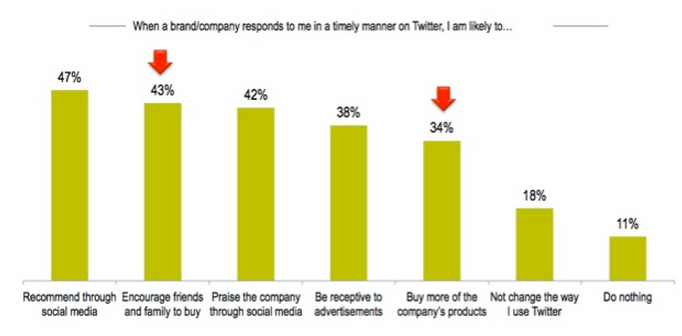available for purchase
at this time.
Link Roundup! – 5/8/15
Link Roundups feature articles and bits of internet goodness that our dramaturgy team digs up. If you find something you want to send our way, drop us a line on Facebook or Twitter!
♦♦♦♦♦

A 60-foot community mural was created outside of the Prudential Center on Memorial Day last year. Photo: Globe file
The Boston Globe recently highlighted some national trends in city development and looked at how arts and culture can be integrated into the development happening in Boston:
More cities have undertaken cultural planning to shape a coherent approach to advancing the arts. Cultural planning looks different in each place, as it should. Yet, when we consider the cities where cultural planning has been most effective, we consistently find an ambitious, inclusive, communitywide effort to develop a shared vision and blueprint for arts and culture — one that prioritizes, coordinates, and aligns public and private resources to strengthen cultural vitality long term.
♦♦♦♦♦
 Create Equity looked at the barriers that prevent people from participating in cultural and artistic activities if they are from lower socioeconomic and educational backgrounds:
Create Equity looked at the barriers that prevent people from participating in cultural and artistic activities if they are from lower socioeconomic and educational backgrounds:
Data from the survey shows that fewer low-income individuals attend pop and rock concerts than their wealthier counterparts, and significantly fewer of them attend visual arts festivals and craft fairs. In fact, people with lower incomes and less education are less likely to read books, go to the movies, take an arts class, play a musical instrument, sing, dance socially, take or edit photographs, paint, make scrapbooks, engage in creative writing, or make crafts. All told, the data paints a consistent portrait of lower participation by low-SES adults in a breathtaking range of visual, performing, literary, and film activities…When large numbers of people face barriers to participating in the arts in the way they might want to, we know that we’re missing opportunities to improve people’s lives in concrete and meaningful ways.
♦♦♦♦♦
 The Know Your own Bone blog has a list of six ways that personalization trends are impacting cultural organizations:
The Know Your own Bone blog has a list of six ways that personalization trends are impacting cultural organizations:
Personalization has been an increasing and unrelenting theme in much of the data collected regarding visitor-serving organizations – and it is begging for more attention in the world of cultural centers. Typically, conversations about personalization within these institutions are interpreted as a need for crowd-sourced exhibits/programs or more creative, online initiatives. And those can be excellent ways to actively incorporate personalization into an engagement strategy! What’s decidedly NOT excellent is assuming that personalization doesn’t affect nearly everything in regard to operations and engagement these days. This goes way beyond new exhibit development and social media stunts.
♦♦♦♦♦
Melissa Hillman’s post about the recent controversies surrounding Charlie Hedbo and the Netflix/Adam Sandler deal is a thoughtful look at what the term “freedom of expression” really means:
We need to stop pretending that speaking out against the expression of bigotry is “anti-freedom of expression,” when in fact it is the exact opposite– it’s exercising one’s own freedom of expression. Being told your opinion is nonsense is not the same as being denied the right to express your opinion. Being told that your employer is not interested in paying you for expressions of bigotry is not the same as being denied the right to express bigotry at all. And speaking out against giving an award for courage to a magazine that routinely mocks marginalized groups is not equivalent to speaking out against that magazine’s right to print whatever the hell it wants. Supporting your right to freedom of expression need not include rewarding you for that expression, nor need it include freedom from criticism.